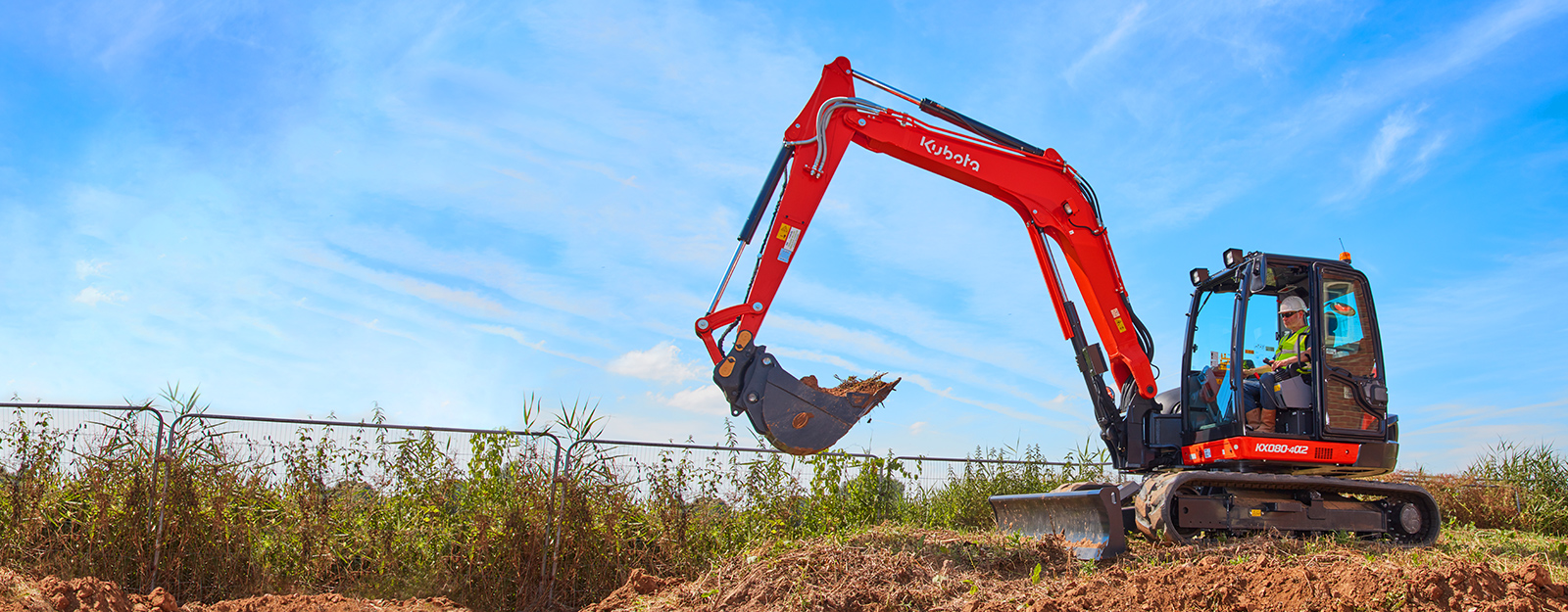Boom Lift Rental: Get To New Heights Securely
Boom Lift Rental: Get To New Heights Securely
Blog Article
Leasing Vs. Purchasing Construction Tools: Making the Right Selection for Your Job
When beginning on a construction project, among the vital choices that predict supervisors and stakeholders encounter is whether to rent out or purchase construction equipment. Both alternatives have their disadvantages and benefits, making the selection an essential one in the project preparation procedure. The choice pivots on different elements such as expense considerations, task period, equipment maintenance, scalability, danger, and adaptability monitoring. Each aspect plays an essential role in figuring out the most suitable course for the job's devices needs. aerial lift rental. Let's explore these aspects further to understand just how they influence the decision-making process and inevitably the success of the task.
Cost Considerations
When reviewing the monetary facet of buying versus renting out building tools, the ahead of time prices and long-lasting expenditures must be very carefully taken into consideration. Renting out equipment often requires lower first settlements compared to purchasing, making it an eye-catching alternative for short-term projects or specialists with budget plan restraints. Renting out removes the requirement for large capital outlays and reduces the economic risk connected with devices ownership, such as upkeep and depreciation prices. Nonetheless, over time, continuously leasing devices can accumulate greater costs than purchasing, especially for extended projects.
On the other hand, getting building and construction equipment entails greater in advance costs however can result in long-lasting financial savings, particularly for long-term tasks or regular users. Inevitably, the choice in between buying and renting construction equipment pivots on the task's period, regularity of use, budget plan factors to consider, and long-lasting monetary objectives.
Task Duration

On the other hand, for long-term projects or continuous construction job, getting equipment can be the extra economical option. Investing in devices can lead to cost savings in the lengthy run, especially if the equipment will certainly be frequently utilized. In addition, owning tools offers a feeling of control over its schedule and permits modification to fit details job needs.

Tools Upkeep
Offered the important duty project period plays in determining one of the most cost-effective strategy in between getting and renting out building and construction equipment, the focus now changes in the direction of checking out the important element of devices maintenance. Proper upkeep is important for ensuring the ideal performance and durability of building devices. Renting out tools often features the benefit of having well-maintained machinery supplied by the rental company. This can alleviate the worry of upkeep jobs from the job owner or service provider, conserving time and effort. On the various other hand, having equipment needs a proactive strategy to maintenance to avoid breakdowns, make certain safety, and extend the tools's lifespan. Normal evaluations, maintenance, and prompt repair work are needed to maintain owned and operated devices in top working condition. Consider maintenance expenses when determining between purchasing and renting out, as neglecting upkeep can bring about costly repair work, downtime, and job delays. Inevitably, a well-kept building equipment fleet, whether rented or owned, is important for the effective and reliable conclusion of building tasks.
Adaptability and Scalability
In the world of building and construction devices management, the aspect of versatility and scalability holds considerable relevance for task performance and resource utilization. Opting to rent out building equipment gives a high degree of flexibility as it enables for the quick change of tools types and amounts based on the progressing requirements of a job.
Moreover, scalability, another vital factor, is inherently connected to versatility. Leasing construction tools provides the advantage of quickly scaling operations up or down as task demands rise and fall. Contractors can promptly include or trade devices to match the job's transforming requirements without the restrictions of possessing possessions that may end up being underutilized or out-of-date. This capability to scale sources effectively can result in expense financial savings and improved job timelines, making renting out a positive alternative for projects needing versatility and responsive source allocation.
Danger Management
Efficient threat administration in construction tools operations is paramount to guaranteeing project success and mitigating possible financial losses. Construction tasks naturally include various threats, such as equipment breakdowns, crashes, and job hold-ups, which can considerably influence the job timeline and budget plan. By meticulously thinking about the dangers associated with owning or leasing construction tools, task supervisors can make enlightened decisions to minimize these prospective threats.
Renting out building tools can offer a degree of risk mitigation by transferring dozer rental the duty of maintenance and fixings to the rental business. This can minimize the financial concern on the project proprietor in situation of unforeseen equipment failures (boom lift rental). In addition, leasing offers the adaptability to gain access to customized equipment for particular project phases, decreasing the risk of owning underutilized machinery
On the various other hand, possessing building and construction devices provides a sense of control over its usage and upkeep. Nevertheless, this additionally implies bearing the full obligation for repair work, maintenance expenses, and devaluation, enhancing the monetary dangers connected with tools ownership. Cautious threat evaluation and factor to consider of elements such as project duration, equipment usage, and upkeep needs are crucial in establishing the most ideal alternative for effective danger monitoring in building jobs.
Final Thought
In conclusion, when deciding between renting out and acquiring building and construction tools, it is essential to think about price, job duration, tools upkeep, danger, scalability, and versatility management. Each variable plays an important role in identifying the most appropriate option for the job at hand. By thoroughly reviewing these facets, task supervisors can make an educated choice that lines up with their spending plan, timeline, and general task goals.

Report this page